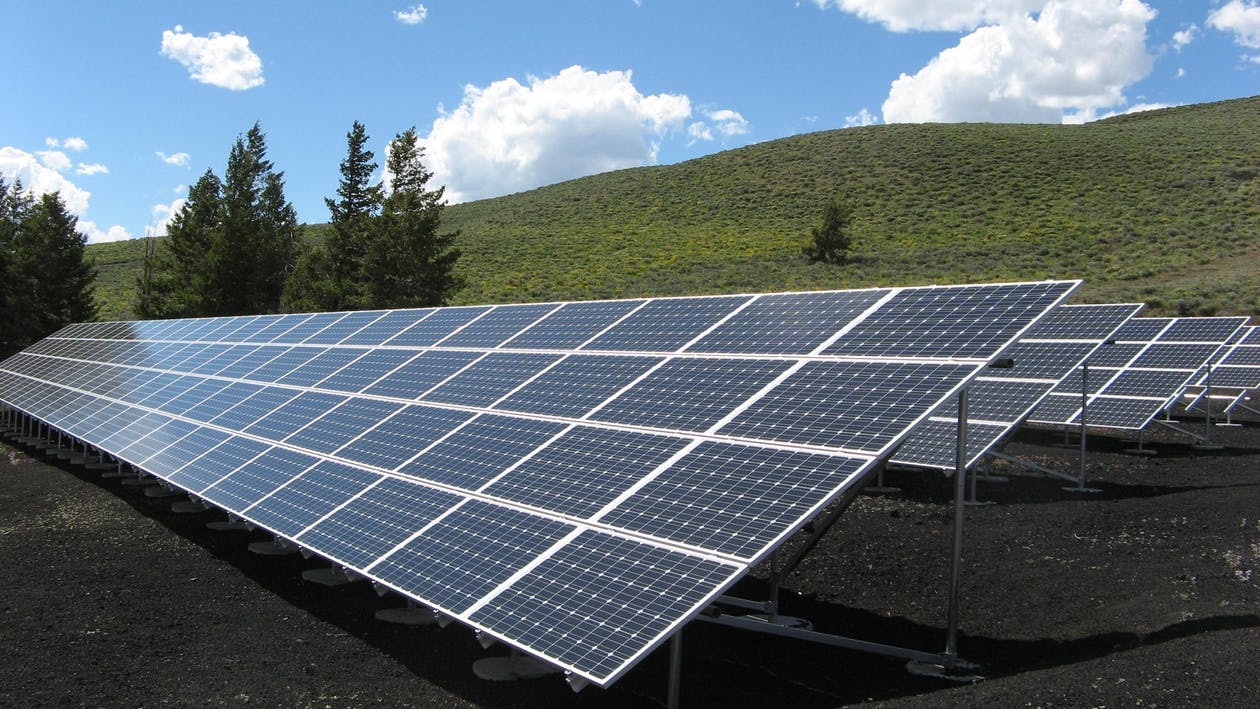The sun is a source of infinite renewable energy. We are able to harness its energy for various purposes. We use its energy to heat up solar reflectors for cooking. Sun rays are also captured using solar panels and converted into electricity. The latter is commonly used in domestic and commercial establishments. Electrical power from the sun is used to complement regular grid electricity. Here is more about this.
How solar energy is made and its importance
Light from the sun can be transformed into electricity. The main device used for this purpose is the solar panel. The panel contains special units that are known as photovoltaic cells. The photons in sunlight excite the silicon contained in the cells. As a result, their electrons begin to flow and they are captured through conductors. Together, they make electricity. This flow is directed to a battery resulting in electricity stored for later use.
The electrical power from solar panels can also be used directly to run appliances and electronics. Seeing as the use of solar power reduces the load on grid electricity, governments and administrative units encourage citizens to use solar power to run their homes. Part of this encouragement takes the form of incentives.
Types of solar incentives
There are many types of incentives provided by governments and states so as to encourage people to adopt solar power. Some examples of these include:
1. Federal Solar Tax Credit
2. Solar rebates
3. Solar Feed-In Tariff
4. Net Metering incentive
Federal Solar Tax Credit
This is a tax credit that allows people who own solar power systems in their homes to pay their IRS bill by using 30% of the cost of installation. For example, if you used $10,000 to install your solar power system, you can reduce the liability of tax by $3,000. This is a one-time benefit provided by the government.
Net Metering incentive
This is an incentive where you can sell excess NJ Solar Power energy to the utility company that provides you with electricity. You can sell this electricity at a profit. Upon sale, you receive credits, not cash. If you should sell large amounts of solar power to your utility company, they deduct the credits from your grid electricity bill. As a result, you can get a $0 or negative electricity bill. It is an incentive which can help to save money.
Solar Feed-In Tariff
This type of solar power incentive is similar to Net Metering. However, you can receive cash for the solar power you sell to the utility company. Moreover, you do not have to stick to the standard rates. You can sell your electricity at rates which are above-market and increase the lucrative level of the incentive.
Solar rebates
This is an incentive provided by states and governments to encourage the adoption of solar energy. Upon buying and installing your solar power system, you fill in a special form. After that, you mail it to the respective authority. After receipt, they will send you money back.
Conclusion
Solar power is a form of renewable energy. It is used to power electronics and appliances and reduces the load on grid electricity. Government agencies and states provide the above incentives to encourage people to adopt this form of energy.



















